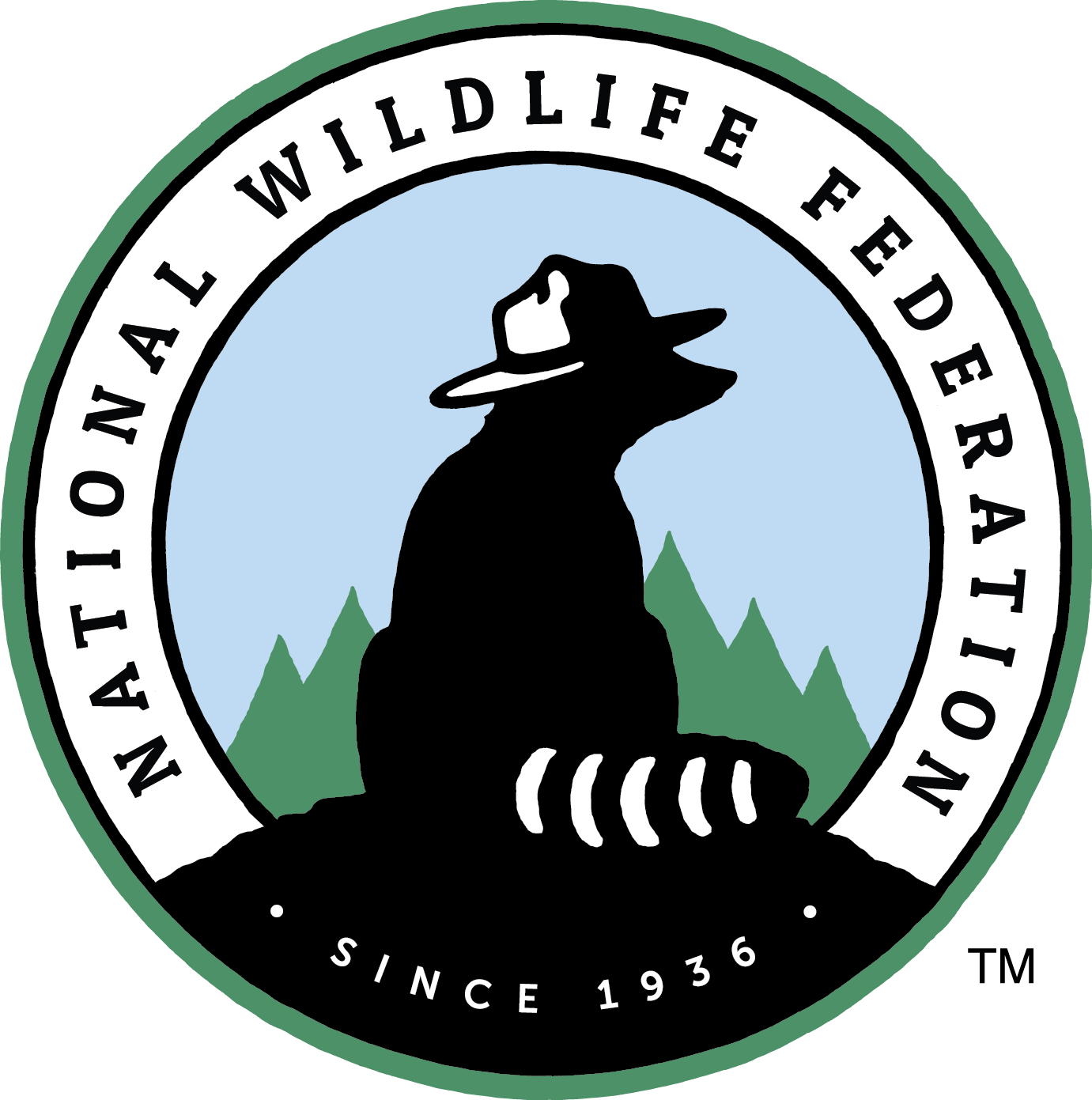Number 2020-08
WHEREAS, our national network of highways and roads is the largest single man-made feature on the American landscape and a primary cause of habitat fragmentation across the U.S.; and
WHEREAS, the number of animals struck and killed by automobiles each year (i.e. roadkill) has increased dramatically in recent decades as road networks have expanded, as total miles traveled by cars and trucks has grown, and as many wildlife populations have rebounded; and
WHEREAS, increases in wildlife-automobile collisions are substantially affecting the management of several important game and common species, such as moose, elk, white-tail and mule deer, gray and red fox, black bear, and bighorn sheep; and
WHEREAS, increases in wildlife-automobile collisions have hindered the recovery of a large number of threatened and endangered species — including, for example, Canada lynx, Florida panther, diamondback terrapin, San Joaquin kit fox, and other mammal, reptile, amphibian, and bird species of concern; and
WHEREAS, in addition to direct mortality, larger and higher traffic roads have been found to alter the normal movement, migration and dispersal of many wildlife species, and act as habitat barriers that can limit both the range and genetic diversity of local wildlife populations; and
WHEREAS, locations where roads and water intersect can also impede aquatic species ability to interact with the landscape, and migrate to their historical spawning habitats, and culverts can undermine roadbeds, lead to traffic delays, and cause accidents when they are clogged or too small for fish and wildlife species to pass; and
WHEREAS, integrating wildlife and habitat information at the earliest stages of the transportation planning process is critical to minimizing conflicts between roads and wildlife, streamlining environmental reviews, and minimizing project development costs; and
WHEREAS, a variety of other mitigation tools and techniques, such as measures to facilitate wildlife crossings, have been shown to reduce wildlife mortality, increase human safety, reconnect habitats, reduce property losses, and make our infrastructure more resilient to extreme weather events in a cost-effective manner; and
WHEREAS, state departments of transportation have recently installed several examples of wildlife crossings that are functioning as intended, including Interstate 90 east of Snoqualmie Pass in Washington, US Highway 93 in Montana, overpasses on U.S. Highway 93 in Arizona, over 60 underpasses on several Florida highways, and the Colorado Highway 9 Crossing Project.
NOW, THEREFORE, BE IT RESOLVED that the National Wildlife Federation, at its Annual Meeting assembled June 12, 2020, calls upon federal, state, regional, and municipal agencies to reduce wildlife mortality, enhance human safety, prevent property losses, and increase habitat quality by integrating wildlife and habitat considerations, including wildlife crossings, into all phases of analysis, planning, permitting, design, implementation, and mitigation of transportation plans and projects, including upgrades of existing roads and highway projects using federal transportation funding; and
BE IT FURTHER RESOLVED that the National Wildlife Federation calls upon the U.S. Congress to provide appropriate resources, estimated in the hundreds of millions of dollars in coming years by authorizing and funding programs explicitly created for the implementation of wildlife crossings, expanding eligibility for wildlife crossings in broader transportation funding programs and improving guidance, training and research within the America’s Transportation Infrastructure Act or other transportation and infrastructure legislation, for funding the collection and maintenance of baseline data, conducting appropriate pre- and post-construction performance monitoring and analysis, coordinating conservation planning with transportation planning, and identification and assessment of important wildlife corridors and crossing sites; and
BE IT FURTHER RESOLVED that the National Wildlife Federation calls upon federal and state agencies to participate in ecosystem-level restoration efforts and develop research policies and priorities to evaluate, mitigate, and prevent wildlife and habitat impacts associated with proposed and future transportation plans and projects, including modifications of existing roads, culverts, and highway projects using federal transportation funding; and
BE IT FINALLY RESOLVED that the National Wildlife Federation calls upon federal, state, regional, and municipal agencies to educate their staff and the general public on wildlife-transportation issues, and to train key staff in the use of tools and techniques to reduce wildlife mortality and habitat impacts by including functional intersecting, wildlife corridors and passageways in the planning, design and construction process.
